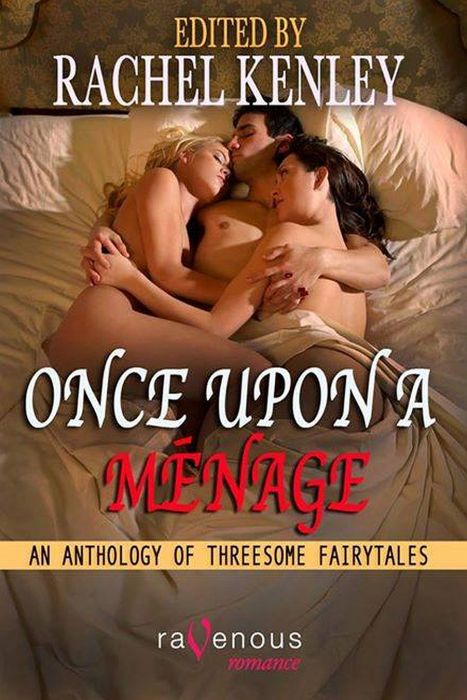PHP Deprecated: Creation of dynamic property Joomla\Registry\Registry::$default is deprecated in /home/authorsinfo/public_html/libraries/vendor/joomla/registry/src/Registry.php on line 937
PHP Deprecated: Creation of dynamic property plgContentLayerslideshow::$context is deprecated in /home/authorsinfo/public_html/plugins/content/layerslideshow/layerslideshow.php on line 38
PHP Deprecated: Creation of dynamic property SocialPoints::$string is deprecated in /home/authorsinfo/public_html/administrator/components/com_easysocial/includes/dependencies.php on line 123
PHP Deprecated: Creation of dynamic property SocialBadges::$string is deprecated in /home/authorsinfo/public_html/administrator/components/com_easysocial/includes/dependencies.php on line 123
The Writer's Life 4/3
Last night the NYC PBS station ran back to back documentaries on literary marvels. The first was dedicated to Margaret Mitchell, author of the phenomenon Gone with the Wind (1936). Born in 1900, she was unconventional, the antithesis of the southern belle. She spent one year in college, which was notable only because she protested the presence of a black woman in one of her classes. GWTW would later be criticized for its portrayal of slaves and the KKK. Mitchell evolved later in life, donating money secretly to Morehouse College specifically to train black doctors. She also contributed to Atlanta's first hospital for blacks, also on the QT, wary of backlash.
I've never read GWTW. I've suffered at least two viewings of the film, considered by many a classic, winner of many Oscars. It bored me. Since I know the storyline and don't anticipate any of the surprises that make literature fun, I'm reluctant to give the novel a shot. Tragically, Mitchell died at 48, hit by a car while crossing the street with her husband, who was unharmed.
The second documentary also focused on a southern woman, Harper Lee, author of the ground-breaking To Kill a Mockingbird, which was published at the height of the civil rights movement, 1960. It is set in a small Alabama town similar to the one in which she was raised. I haven't read this one, either, and I've seen only parts of the film, which won Gregory Peck the Oscar for Best Actor. Horton Foote's screenplay was also honored. The work falls into a category, especially now, 50 years later, I find difficult to get excited about. Like Holocaust literature and films, it seems a stacked deck, right and wrong clearly delineated. I think gray is the most interesting area in literature and film. Reasonable people are aware of racism and don't need to be convinced of its evil. Bigots will not be swayed. Still, legions swear and are moved profoundly by it. Lee touched a chord only a fortunate few have. She had an interesting neighbor, Truman Capote, who lived a significant part of his youth with his aunt in the house next door to Lee's. They eventually had a falling out, as Capote was envious of the success of MB, which won a Pulitzer, while In Cold Blood (1966), which also still resonates, did not. Lee actually accompanied Capote to the scene of the murders and helped with his research.
Curiously, Lee and Mitchell did not publish another novel, and both were childless. According to Wiki, their books have sold at least 30 million copies each. The two best selling novels of all time are believed to be Charles Dickens' A Tale of Two Cities (1859) and Antoine de Saint-Exupary's The Little Prince (1943). Each has more than 200 million in sales.
I thank the kind folks who patronized and donated to the floating book shop today, especially Jon, who bought Killing. His novel will be out soon. I look forward to reading it.
Read Vic's stories, free: http://members.tripod.com/vic_fortezza/Literature/
When you subscribe to the blog, we will send you an e-mail when there are new updates on the site so you wouldn't miss them.
PHP Deprecated: Creation of dynamic property EasyBlogPost::$isImage is deprecated in /home/authorsinfo/public_html/administrator/components/com_easyblog/includes/themes/helpers/post/entry.php on line 415
PHP Deprecated: Creation of dynamic property EasyBlogPost::$isImage is deprecated in /home/authorsinfo/public_html/administrator/components/com_easyblog/includes/themes/helpers/post/entry.php on line 415
PHP Deprecated: Creation of dynamic property EasyBlogPost::$isImage is deprecated in /home/authorsinfo/public_html/administrator/components/com_easyblog/includes/themes/helpers/post/entry.php on line 415
PHP Deprecated: Creation of dynamic property EasyBlogPost::$isImage is deprecated in /home/authorsinfo/public_html/administrator/components/com_easyblog/includes/themes/helpers/post/entry.php on line 415
PHP Deprecated: Creation of dynamic property EasyBlogPost::$isImage is deprecated in /home/authorsinfo/public_html/administrator/components/com_easyblog/includes/themes/helpers/post/entry.php on line 415
PHP Deprecated: Creation of dynamic property EasyBlogPost::$isImage is deprecated in /home/authorsinfo/public_html/administrator/components/com_easyblog/includes/themes/helpers/post/entry.php on line 415

















Comments